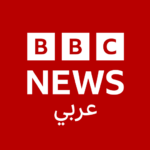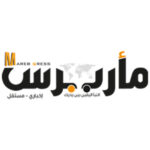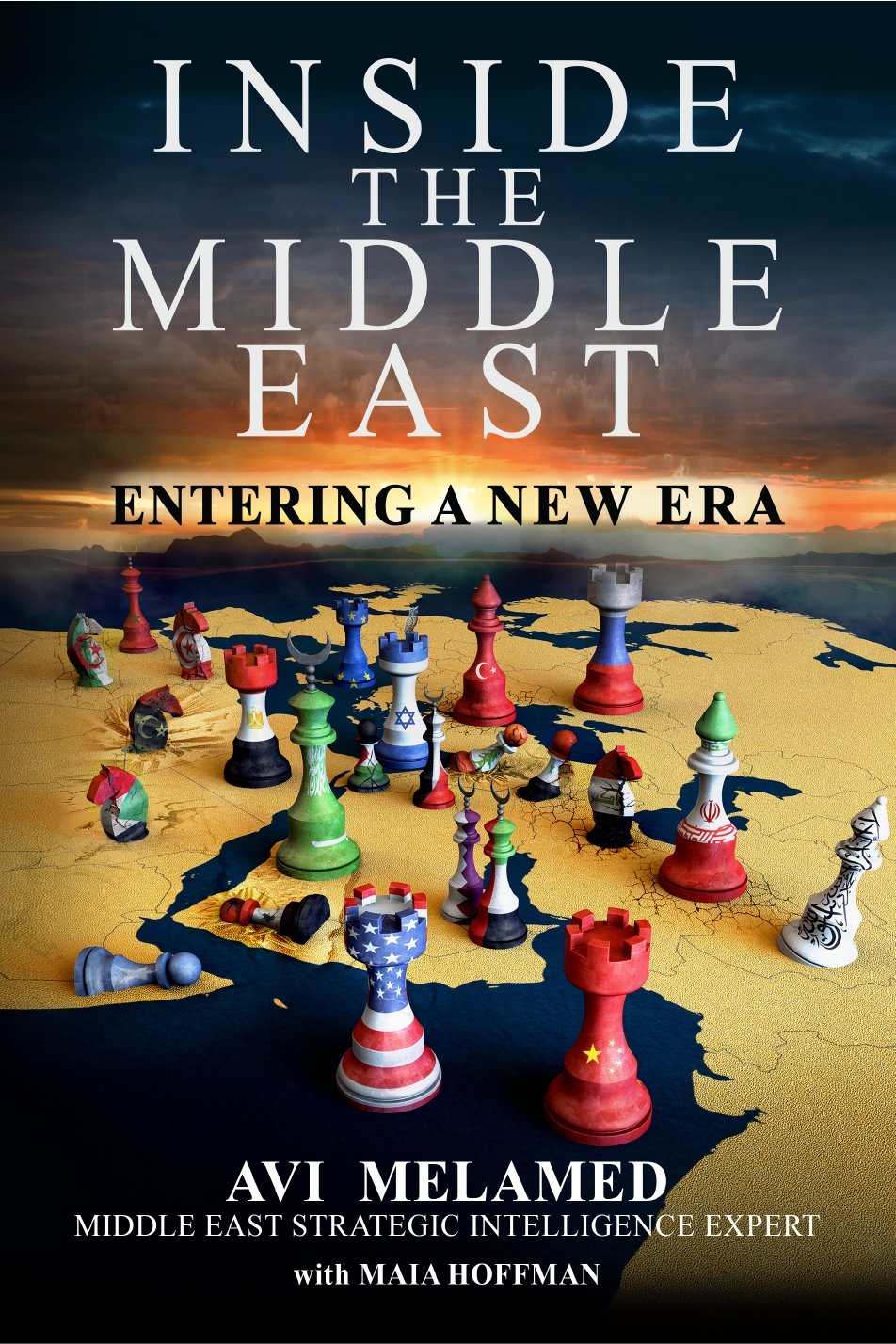|
Getting your Trinity Audio player ready...
|
Syria INSIGHTS by AVI MELAMED
September 19, 2023
Towards The Reshaping of the Geopolitical Map of South Syria?
Recent developments on Syria’s borders with Jordan and Iraq suggest a potential realignment in south Syria’s geopolitical landscape.
US Military Movements in Western Iraq: According to unverified information, the US-led international coalition forces are actively moving in western Iraq to create a buffer zone between the Iraqi border and eastern Syria. This move aims to block the land corridor that Iran operates from Iraq to Syria.
Jordan’s War on Drugs: Southern Syria has become a hotspot for drug smuggling, an enterprise spearheaded by the Assad regime and its allies – Iran and Hezbollah. They don’t limit their operations to Jordan; the smuggling routes they control supply drugs to Saudi Arabia and the Arab Gulf. With the drug trade estimated to bring a whopping $5 billion to the Assad regime, it’s clear they won’t halt these activities anytime soon. Southern Syria becoming a hotbed of the drug trade therefore threatens Jordan, the Saudis, and all Gulf monarchies. To counter this growing threat, Jordan has launched military operations in southern Syria specifically to curb this smuggling menace which is becoming a source of escalating threat to Jordan and the Gulf states – and Amman hints it will expand the attacks in south Syria if the smuggling does not abate.
Druze Protests in As-Suwayda: For over a month, protesters have taken to the streets of As-Suwayda, a city in southern Syria, to demonstrate against the Assad regime. Under the banner “The Revolt of Honor,” these demonstrators are calling for the ousting of Assad. As-Suwayda is primarily a Druze city and serves as the capital of the As-Suwayda Province, often referred to as Mount Druze. It stands as the largest center for Syria’s Druze population, which accounts for roughly 3% of the country’s total, or about 700,000 people. The demonstrations have called for an end to the Assad regime, along with a decrease in Iranian influence and a halt in the surge of crime and drugs in the area. The Druze protest is puzzling. This is surprising because, since the onset of the war in Syria over a decade ago, the Druze have remained neutral. The Druze now raise a flag of defiance, actively calling for the ousting of the Assad regime, the removal of “foreigners” from their area, and the establishment of a new border crossing with Jordan.
Iranian and its Allies Are Disturbed: The Iranian reaction to the protest offers a possible clue about the significance of events in southern Syria. Two prominent Arab figures linked to Iran—Hassan Nasrallah, leader of the Lebanese Hezbollah – Iran’s most powerful and important proxy, and Nuri al-Maliki, former Iraqi Prime Minister and Iranian ally —claim the protest aligns with a U.S. strategy to establish a buffer zone between Syria and Jordan. Nasrallah has even reportedly threatened to deploy his militants to South Syria to counter this alleged U.S. plan. Additionally, there are unconfirmed reports suggesting Iran has relocated some of its militias from eastern Syria to southern Syria.
Russia Waxes and Wanes: In southern Syria, Bedouin tribes wield significant power. These tribes have close ties with their counterparts in northern Jordan. During Syria’s civil war, Jordan, with financial backing from the Arab Gulf states, organized a 1,500-member force known as the Tribes Army. This force had one primary mission: to secure the border between Syria and Jordan. In 2018, Jordan gave its blessing for this army to align with Russian military operations in southern Syria. Following the agreement, a Syria-based Jordanian proxy merged with the Russian military deployment in South Syria. Since then, the force has dwindled and now focuses its activities mainly around the Syrian city of As-Suwayda. As Russia scaled back its presence in southern Syria, partly due to its commitments in Ukraine, Iran saw an opportunity and expanded its footprint in the region.
As events unfold, there are a few things we need to pay close attention to:
Firstly, the Assad regime is actively engaging in dialogue, aiming for a peaceful resolution to the protests. Rumors of potential Hezbollah military intervention and movements of Iranian-backed militias may be strategic moves to pressurize the Druze community and temper their demonstrations.
Second, currently, the Bedouin tribes in the Dar’aa district of southern Syria, which shares a border with Jordan, have shown only subtle signs of support and haven’t joined the protests. However, if three things happen: these tribes unite with the Druze in their demonstrations, if Jordan’s influence in South Syria grows, and if Jordan intensifies its efforts to dismantle drug smuggling networks within Syria, we could be witnessing the beginning of a significant shift in the geopolitical landscape of southern Syria.
August 29, 2023
Druze Protest in South Syria: A Prelude to Change in Southern Syria?
For over a week, protesters have taken to the streets of As-Suwayda, a city in southern Syria, to demonstrate against the Assad regime. Under the banner “The Revolt of Honor,” these demonstrators are calling for the ousting of Assad. As-Suwayda is primarily a Druze city and serves as the capital of the As-Suwayda Province, often referred to as Mount Druze. It stands as the largest center for Syria’s Druze population, which accounts for roughly 3% of the country’s total, or about 700,000 people.
The demonstrations have called for an end to the Assad regime, along with a decrease in Iranian influence and a halt in the surge of crime and drugs in the area. These multifaceted demands also reflect the interests of Jordan, Saudi Arabia, the United States, and Israel. Could these protests foreshadow a collective move on the part of these four powers to transform South Syria into a de facto protectorate, under the aegis of these external powers?
Iran and its proxies directly threaten U.S. forces stationed at the Al Tanf base near the border convergence of Jordan, Syria, and Iraq. This Iranian influence also threatens the security of Jordan, Israel, and Saudi Arabia. The Assad regime collaborates with Hezbollah and Iran to orchestrate drug smuggling routes from southern Syria into Jordan, Palestinian territories, and the Arab Gulf states. To counter these multi-layered threats, the United States, Jordan, and Saudi Arabia are crafting strategies to exert pressure on the Assad regime, specifically in southern Syria. Their collective objective is to dislodge Iranian military presence from the southern border regions and push it northward towards Damascus. Given these unfolding dynamics, it’s plausible that Jordan and Saudi Arabia may be fanning the flames of the ongoing Druze protests as a tactical element of their broader strategy.
Israel, although not overtly involved, may be a “silent partner” in this endeavor.
In that regard, Druze leader, Sheikh Muwafek Tarif has warned that Israeli Druze will not stand idle if the Assad regime attempts to crush the Druze protests in As-Suwayda, Syria. Given the strong sense of solidarity among the Druze community and their service in the Israeli security forces, this is a statement to take seriously. In the early years of the war in Syria, Druze soldiers in Israel even went so far as to threaten to join the fight to protect their Druze brothers and sisters in southern Syria. In one of the strangest episodes during the war, Israel intervened militarily to prevent a militant Islamic group from seizing the Druze village of Al-Khader in Syria, which sits close to the Israeli side of the Golan Heights. Israel took this action, fully aware that it would inadvertently help Hezbollah, its most formidable and dangerous enemy, maintain its established military foothold in the village. Israel made this risky move out of fear that its own Druze soldiers might actually join the conflict, thereby dragging Israel deeper into Syria’s war.
In southern Syria, Bedouin tribes wield significant power. These tribes have close ties with their counterparts in northern Jordan. During Syria’s civil war, Jordan, with financial backing from the Arab Gulf states, organized a 1,500-member force known as the Tribes Army. This force had one primary mission: to secure the border between Syria and Jordan. In 2018, Jordan gave its blessing for this army to align with Russian military operations in southern Syria. Since that alignment, the group has shrunk in size and now focuses its activities mainly around the Syrian city of As-Suwayda. As Russia scaled back its presence in southern Syria, partly due to its commitments in Ukraine, Iran saw an opportunity and expanded its footprint in the region.
Right now, southern Syrian tribes are expressing support for the Druze protests but haven’t joined in yet. If two things happen—these tribes actively join the protests and Jordan strengthens its military presence in the area of As-Suwayda, we could see the start of a new, semi-independent region backed by Jordan, Saudi Arabia, Israel, and the U.S.
Saudi Post-Quake Aid To Syria Comes With Strings Attached
February 25, 2023
The post-earthquake Saudi Arabian humanitarian aid to Syria is part of a larger agenda by the the Saudis to get the Assad regime to distance itself from Iran in exchange for receiving more aid and renormalizing ties to international community.
The Saudis wield an incredible amount of power when it comes to the Assad and Syrian question.
But Saudi support comes at a significant cost, specifically Syria’s needing to extract itself from Iran’s sphere of influence, and the removal of all Iranian Revolutionary Guard Corps. (IRGC) troops, and the fighters of their associated militias from Syrian sovereign territory.
The recent Saudi humanitarian aid to Syria signals that Saudi forgiveness is possible, and if they are to take place, any additional Saudi gestures towards Syria will indicate an interesting and significant development and we should be able to detect how that could play out within the next few weeks.
f you want to have a better understanding of the news and what really drives the unfolding events…
Read the latest book of Avi Melamed,
INSIDE THE MIDDLE EAST | ENTERING A NEW ERA, available now >>>

Avi Melamed is a former Israeli intelligence official who went on to serve as deputy and then as senior Arab affairs adviser to Jerusalem Mayors Teddy Kollek and Ehud Olmert, operating as a negotiator during the first and second intifadas. He is the author of “Inside The Middle East | Entering A New Era,” and his latest docuseries, “The Seam Line,” available on the IZZY streaming platform, focuses on Jerusalem’s flashpoints and his work during the intifadas.
Follow me on Twitter @AviMelamed; Facebook @InsideTheMiddleEast; for more Videos on YouTube https://www.youtube.com/c/AviMelamed
I can always be reached at Av*@********ed.com
































































